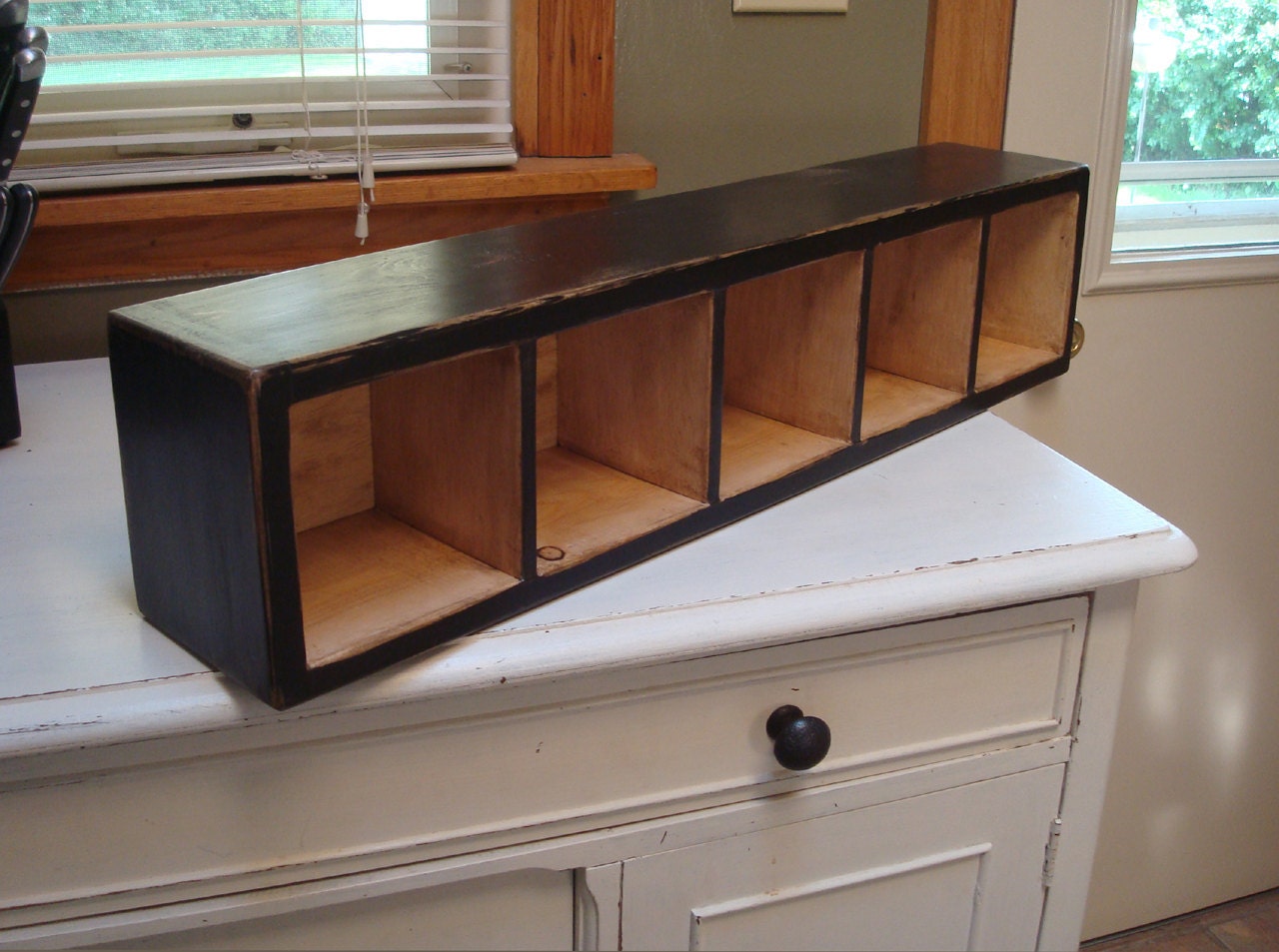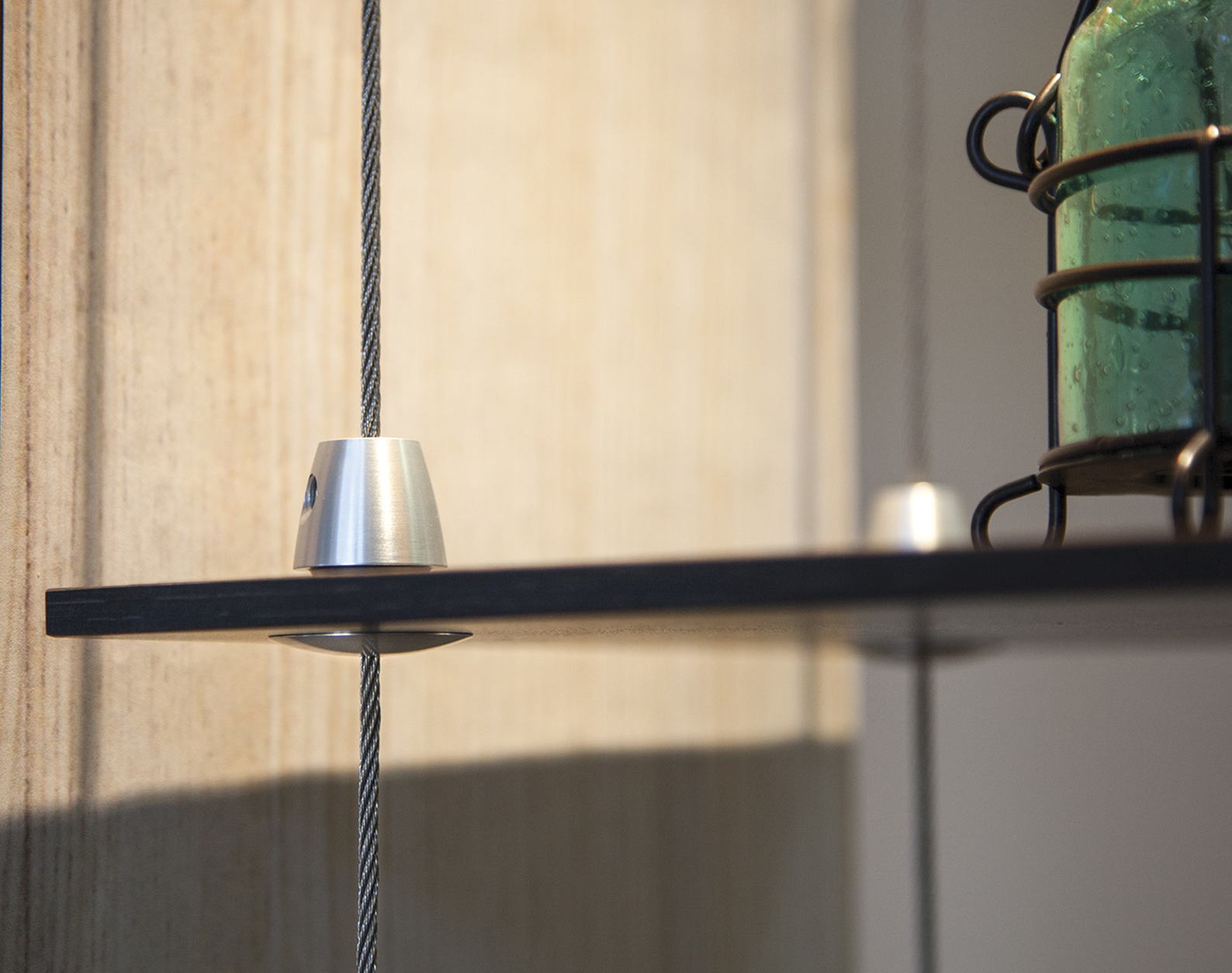

But before you get too carried away, make sure you're not exceeding the weight limit for your shelf-otherwise, everything will soon be tumbling to the ground. You've got your floating shelf mounted and you're excited to load it up. How Much Weight Can Floating Shelves Hold? Repeat until all of the brackets are in place.Īdd shelf casing over the brackets and secure them to the wall by tightening the screws under the shelf.
HANGING SHELF INSTALL
Install the next set of brackets above or below the first bracket. (Don't forget to leave room for it to hold books, picture frames, etc.)

Use a tape measure to determine where you want the next shelf to go. Use the level and a pencil to make marks showing where you want the mounting brackets to go.Īttach the bracket using a screwdriver or drill. Here are the steps to installing and hanging floating shelves: This includes a screwdriver, drill, level, pencil, tape measure, and stud finder. To attach your floating shelves, you'll need a ladder, wall anchors, and all the typical tools for hanging something on the wall.
HANGING SHELF HOW TO
Not so magical now, huh? They still look great, though! How to Install Floating Shelves Then the shelf is secured to the wall by tightening screws located underneath the shelf. The shelf casing has holes that allow the brackets to slide into place. These brackets usually include at least two rods that support the shelves from the inside. Now that we're all clear on that, how do floating shelves work?įloating shelves give that minimal look with the help of internal brackets. They require some internal hardware to stay in place. As magical as they seem, remember, they aren't literally floating like those candles in Harry Potter. A short answer to this question is: A floating shelf is a shelf attached to a wall with no visible means of support. So how do floating shelves work? How do you attach floating shelves, and how much weight can a floating shelf hold, really? What Are Floating Shelves?īefore we dive in, let's make sure we all know what floating shelves are. There they are, holding your books and picture frames with some invisible support system you can't quite figure out.

Jack likes to get involved, too, which always helps.Floating shelves are streamlined, stylish, and almost seem like a bit of magic. Drill + right angle adapter (or right angle drill)įirst, we took a minute to locate the studs behind our drywall.Table saw for ripping down alpine planks.Wall color touch-up paint ( Stratton Blue, Ben Moore).And then, we got to work work!įor anyone who wants to take on this same project, your shopping list will vary depending on the width of your shelves, but here’s what we bought for four 6′ wide, wall-to-wall DIY floating shelves: Supplies for 6′ shelves The prep and planning was a good week’s worth of work alone. We measured our big bins, the height of two paint cans and checked inventory on all the glues, tapes and things that allow us to complete any given project. what’ll end up going in the garage), we calculated and re-calculated how many shelves we’d need, how high they’d go and how much space they’ll allow. It’s a miracle anything was ever accomplished in this house at all!įinally, we have some shelves! Some really big, really hunky, really strong DIY floating shelves!Īfter making a list of all the easy access items we’d like to store in the workshop (vs. We’ve been wading through paint cans and digging through cardboard boxes. We’ve been tripping over power tools and our bulky air compressor. For almost two years, our workshop has been a mess. Without a doubt, the most important component of our workshop will be – scratch that, is – the ability for heavy-duty storage. This tutorial was originally published in April 2015, and we’ve included updated photos. In this tutorial for DIY floating shelves, we’re outlining the simple steps of building wall to wall wood shelves in our workshop space.


 0 kommentar(er)
0 kommentar(er)
